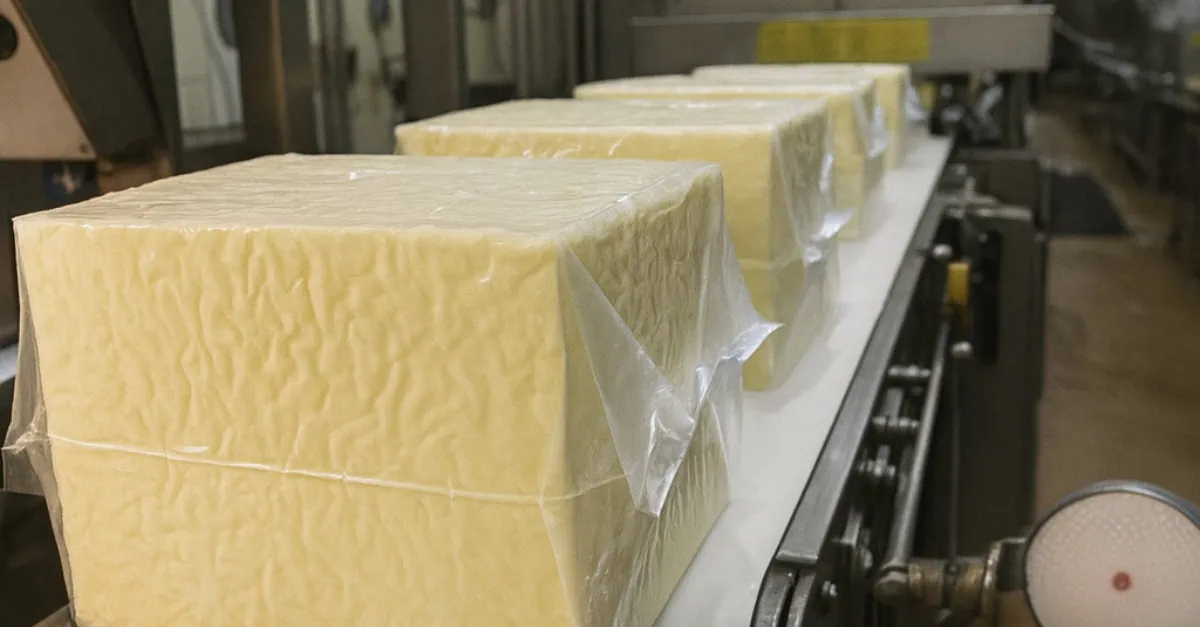Global whey markets have settled into established patterns that reflect the ongoing structural changes in dairy processing, with protein concentrates maintaining strong demand while lower-protein derivatives face continued supply pressure. The market dynamics demonstrate how increased cheese production capacity continues to influence whey product availability, creating divergent conditions across different product categories.
Protein concentrates lead market recovery
Whey protein concentrate markets are experiencing robust trading activity as fourth-quarter procurement intensifies across major consuming regions. European markets report high levels of buyer interest, with suppliers indicating they are prioritizing established client relationships due to limited availability for new customers.
The trans-Atlantic price differential that provided arbitrage opportunities earlier in the year has narrowed significantly as US prices have strengthened. This convergence is reducing cross-border trading opportunities while supporting more balanced global pricing relationships.
US protein concentrate markets are showing particular strength, with reports of sold-out positions for fourth-quarter delivery driving continued price increases. The sustained demand is reflecting both strong domestic consumption and ongoing export opportunities despite currency and trade challenges.
Market participants note that current pricing levels appear to be finding acceptance among buyers, suggesting that recent price increases have reached sustainable levels rather than creating demand destruction.
Sweet whey powder finds selective support
Sweet whey powder markets are demonstrating modest improvements, primarily driven by feed industry demand as buyers secure fourth-quarter coverage. Food-grade applications remain stable, with adequate supply meeting consistent but unspectacular demand patterns.
US production data indicates continued expansion in dry whey output, reflecting the ongoing increase in cheese manufacturing capacity. This additional supply is being absorbed through strategic pricing that maintains export competitiveness, particularly in Asian markets.
The feed market’s increased activity is providing important support for whey powder pricing, as shifts in dairy cow calving cycles are creating different seasonal demand patterns than traditionally observed.
Protein isolate maintains premium positioning
Whey protein isolate markets continue trading at elevated levels compared to concentrate products, though the pace of price increases has moderated from earlier in the year. European markets are showing some price resistance at current levels, with buyers becoming more selective about timing and volume commitments.
US isolate markets are experiencing continued supply constraints as production capacity remains focused on meeting strong domestic and export demand. The supply-demand balance remains tight despite the high absolute price levels that typically encourage demand rationing.
Market intelligence suggests that while demand remains robust, there appears to be some price sensitivity emerging at current levels, potentially limiting further significant price advances.
Lower-protein derivatives face ongoing challenges
Whey permeate and lactose markets continue to experience pressure from abundant supply and limited demand growth. European permeate markets are showing gradual price declines as export opportunities remain constrained by currency disadvantages and competitive US pricing.
The substantial price differentials between US and European origins continue to influence trade flows, with US products maintaining advantages in international markets. European producers are increasingly reliant on domestic consumption, which remains relatively limited compared to total production.
Lactose markets are displaying interesting dynamics with wide price ranges reflecting varying inventory positions among suppliers. While some producers report sold-out positions, others remain actively seeking buyers, creating a bifurcated market structure.
Regional competitiveness shifts
Currency relationships continue to play a crucial role in determining competitive positioning between major whey producing regions. US producers maintain advantages in many international markets, though the magnitude of these advantages has diminished as regional price relationships normalize.
European producers are adapting to reduced export opportunities by focusing on domestic and regional markets, while optimizing product mix toward higher-value categories where possible.
The ongoing cheese production expansion in multiple regions is ensuring continued abundant supply of whey derivatives, making demand-side factors increasingly important for market direction.
Production optimization continues
Dairy processors are maintaining their focus on higher-value protein products, with whey protein concentrate and isolate production receiving priority over lower-protein derivatives. This strategic approach reflects the significant margin differences between product categories.
The emphasis on protein production is creating interesting supply dynamics for permeate and lactose, where availability depends significantly on the product mix decisions of individual processors rather than total whey volumes.
Market participants report that production planning is increasingly driven by protein demand patterns rather than traditional seasonal factors, creating new supply-demand cycles.
Fourth-quarter positioning intensifies
Market activity is intensifying as companies finalize fourth-quarter coverage, with particular focus on protein products where supply constraints are most evident. The combination of strong demand and limited availability is supporting current price levels across protein categories.
Buyers are demonstrating increased urgency in securing protein concentrate and isolate coverage, while showing more patience with lower-protein products where supply pressure is expected to continue.
The seasonal patterns that traditionally drive fourth-quarter activity are being amplified by structural changes in both supply and demand, creating more pronounced seasonal effects than historically observed.
Access the full Week 37 Market Analysis on the Vesper Platform here: https://app.vespertool.com/market-analysis/2262





